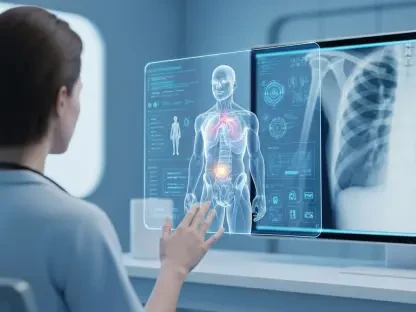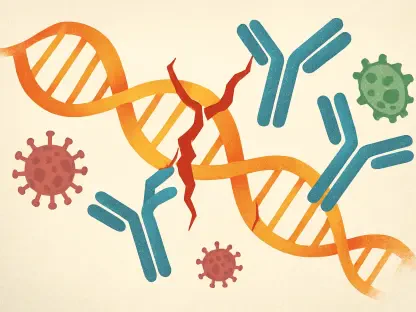For more than a century, researchers have relied on two-dimensional (2D) methods to culture plant and animal cells in laboratories, confining cell growth to flat surfaces like tiny petri dishes. However, such methods impose significant limits on how cells grow and interact, often producing less accurate experimental outcomes due to the unnatural behavior of the cells. To bridge this gap between laboratory conditions and natural environments, scientists have been developing three-dimensional (3D) cell culture technologies. These advancements better replicate natural conditions by allowing cells to grow in all directions, leading to more accurate experimental results that could revolutionize biomedical research.
Advantages of 3D Cell Cultures
The inherent advantage of 3D cell cultures lies in their ability to provide an environment where cells can mature, interact, and organize similarly to how they would in human tissues. Researchers have employed various techniques to create this environment, such as spherical plates, hydrogels that offer structural and biochemical support, and bioreactors that maintain controlled environments for nutrient delivery. The result is a more natural habitat for cells, which directly translates to more relevant experimental data. For example, cells in 3D cultures can form intricate patterns and structures. These patterns make 3D cultures particularly useful for medical applications and drug testing, offering insight into how therapies might function in real human tissues.
A team of scientists who assessed the state of 3D cell culture technologies found that these cultures offer significant advancements in areas like vaccine development, tumor modeling, and personalized cancer treatments. Their findings demonstrated that 3D cell cultures could mimic the complex interactions and behaviors of human tissues more accurately than 2D cultures. This enhanced mimicry is particularly beneficial for cancer research, where treatments must closely target cancer cells amidst various tissue structures. By replicating these conditions more effectively, 3D cultures improve the accuracy of drug testing, treatments, and overall efficacy of medical practices. The researchers concluded that transitioning to 3D cultures would elevate the standards and outcomes of biomedical research significantly.
Challenges and Costs
Despite the clear advantages, the widespread adoption of 3D cell cultures faces several significant challenges. The production and maintenance of 3D cultures are notably more expensive than 2D cultures, with estimates suggesting that costs can rise between two and ten times higher. This increased cost is due to the specialized equipment and intricate designs required to create and sustain functioning 3D environments. Additionally, the technical complexity involved in building and maintaining 3D cultures poses another barrier. The specialized skills and equipment needed are not yet universally available across all research institutions, adding another layer of difficulty for widespread implementation.
Aside from financial and technical barriers, issues of standardization also hinder the broader adoption of 3D technologies. With the field still relatively new, there is a lack of universal standards and protocols, making reproducibility a significant challenge. Researchers who adopt these methods often struggle to find peers qualified to review and replicate their findings, which can slow the progress of scientific advancements. Despite these hurdles, ongoing efforts focus on reducing costs and simplifying the technologies to make 3D cell cultures more accessible to the broader scientific community.
Future Potential and Recommendations
Recognizing the gap between laboratory conditions and real-world environments, researchers have been advancing three-dimensional (3D) cell culture technologies. These new methods allow cells to grow in multiple directions, thus more closely mirroring their natural conditions. This innovation enhances the accuracy of experimental outcomes, offering potential breakthroughs in biomedical research. By better simulating the complex environments in which cells naturally exist, 3D cell culture could profoundly influence the future of scientific discovery and medical treatments.









